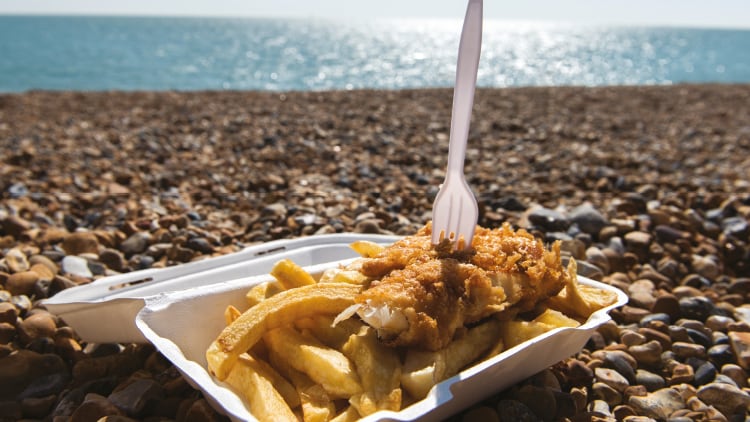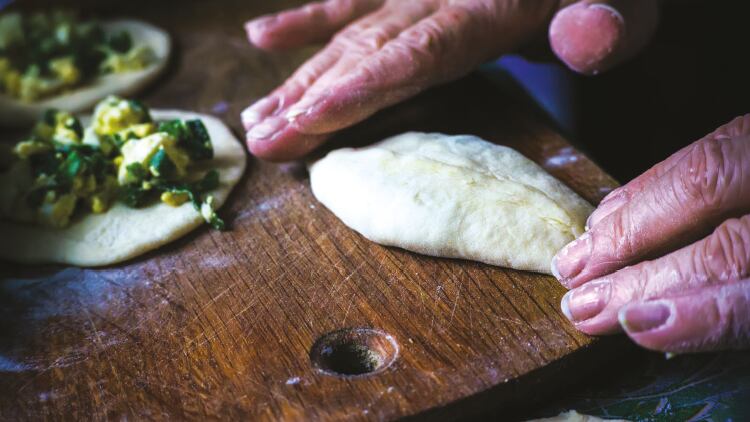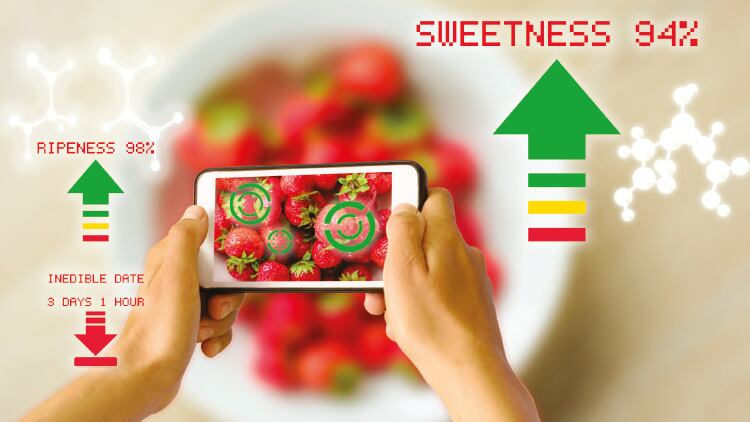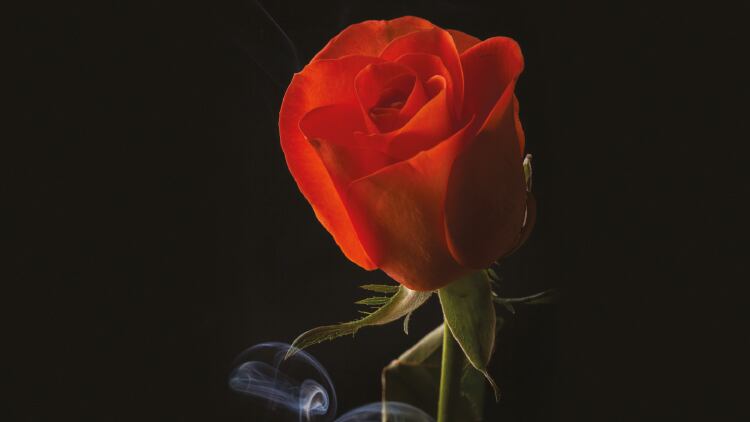In 1973, the film Soylent Green, staring Charlton Heston, depicted a world in which a green wafer, promoted as containing high-energy plankton, was the populace’s only source of protein in a post-apocalyptic world.
Indeed, it turned out Soylent Green (spolier alert) was made of the popu-lace – the dead ones. Hardly standard pub grub.
None of the experts interviewed in this feature predicted a time, thankfully, when Nobby’s Nuts would really be Nobby’s nuts – but their forecasts are fascinating nonetheless and there is common ground between them.
Lyndon Gee, food futurist

- More customisable food via apps and machinery
- Vending machines for mixing your own cocktails
- Menus with 3D images of dishes
- Augmented transparency – smart menus that provide information about each dish component, such as provenance, calories and nutritional content
- More naturally fortified foods
- Link between personal health monitoring devices with the menu to show diners how they can ‘micro-dose’ with specific vitamins, for example. “The restaurant will be able to adapt food or recommend what individuals should eat because they are, say, low on iron”
- More fruit-based quality soft drinks and sugar-free food and drink
- A much bigger selection of vegetarian options
- Aquaculture will take off with algae-based foods, meat alternatives and different sources of food
- A big focus on the experiential using technology that creates an atmosphere such as a themed booth that goes with a seafood meal to make it look like the seaside
- Co-robots in the kitchen. “You could imagine pizzas made by machines with the customer customising it by app and watching it being made in a live video link back to their phone.”
- Greater focus on ethical food
- Pubs will grow their own food – a wall of salads in the garden
- A bigger focus on local artisan producers to give a unique selling point
- Specialisation – such as cheese, or sourcing from a specific farmer
- Menus will get smaller and more specialised
Dr Morgaine Gaye, food futurologist

- More interest in health, provenance and function
- People will want to know how a dish will make them feel and not just whether it tastes good
- I see a time when we don’t mass slaughter animals as meat production becomes more difficult and is affected by environmental issues
- Continued rise in craft/artisan food and drink
- We will pass though the Instagrammable movement “into something that is more real”. “Food doesn’t exist in a vacuum. We are going into a much more imperfect real time so that when plating up at restaurants, people will want something that is home-made, imperfect, not carbon copy. They will want a proper dinner, going back to what grandma made”
- More limited menus
- More seasonal food
Dr Ian Pearson, futurologist, Futurizon

- Augmented reality (AR) – superimposing images, such as multimedia cocktails where drinkers add sparklers, bells and whistles that they see using AR visors. “In the next couple of years we will see an awful lot of AR visors appearing. You could imagine if you ordered a Mexican meal with your AR visor on, it might be delivered to your table by staff that appear to be Mexican girls, doing a Mexican dance and wearing a sombrero and with fireworks. Places like cocktail bars will seize on this new opportunity pretty quickly once these visors start appearing.”
- Flexible polymer screen menus as the prices come down, incorporating multimedia such as videos of celebrities eating the dish you are about to order.
- Automatic measurement of what is in specific dishes whereby you point your phone and image recognition will estimate the nutritional content
- People will generally eat more healthy food with ‘less everything’
- 3D printing will personalise food – eventually 3D printed burgers and lab-cultured meat – 10 to 15 years before it becomes commonplace. 3D printing will enable hobbyists to turn home-designed creations into mass production whether it’s cakes or turning vegetables into shapes for children.
- Local sourcing
Brandy Klingelpuss, food futurologist and creative director at The Robin Collective

- Traditional pub food is here for the long-haul – “people just love scrummy-yummy carbs”
- Self-sustaining pubs with gardens that double as food production sites for their kitchens and cocktails
- Foods grown hydroponically on-site
- Application of history to food: “So with Winston Churchill we worked with the Hyatt Regency, behind Selfridges, and Winston Churchill was all about the love story between him and his wife and she used to leave him a red rose every day on his desk so we created our own bitters infused with cigar tobacco and red rose”
- Revival of historical recipes using vintage flavours
- More innovation with barbecues, smoking food on-site and slow cooking
- Provenance – “We had a client last year who wanted beef that was from the original herd where Aberdeen Angus came from”
- Wild game resurgence – “even squirrel”
- Edible receptacles: “We did a project for KFC where we made edible ‘Scoffee’ cups and it worked. We tested it and put coffee in it and 12 hours later it still hadn’t soaked through
- Cocktail holographics – as you are drinking, you can project advertisements within the glassware. “I’m working on that at the moment”
The last word
Jozef Youssef, founder of Kitchen Theory and food future expert from this year’s Basque Culinary Centre’s project Gastronomica in London, says “Only gastropubs that offer really good food or have a good setting or location will survive.
The rest will eventually fade out or stop serving overpriced rubbish and calling themselves ‘gastro-anything’.
“Lots more pubs will bring in chefs for residencies/pop-ups “More chefs will open their own pubs and develop concepts that marry great craft beers and wines with food. More non-alcoholic and low-calorie drink options will be available in pubs. More pubs will focus on street-food offerings and simple menu concepts like wood-fired oven pizza or burgers. More pubs will embrace foreign cuisines, such as Vietnamese, burritos, tapas and South American.”
